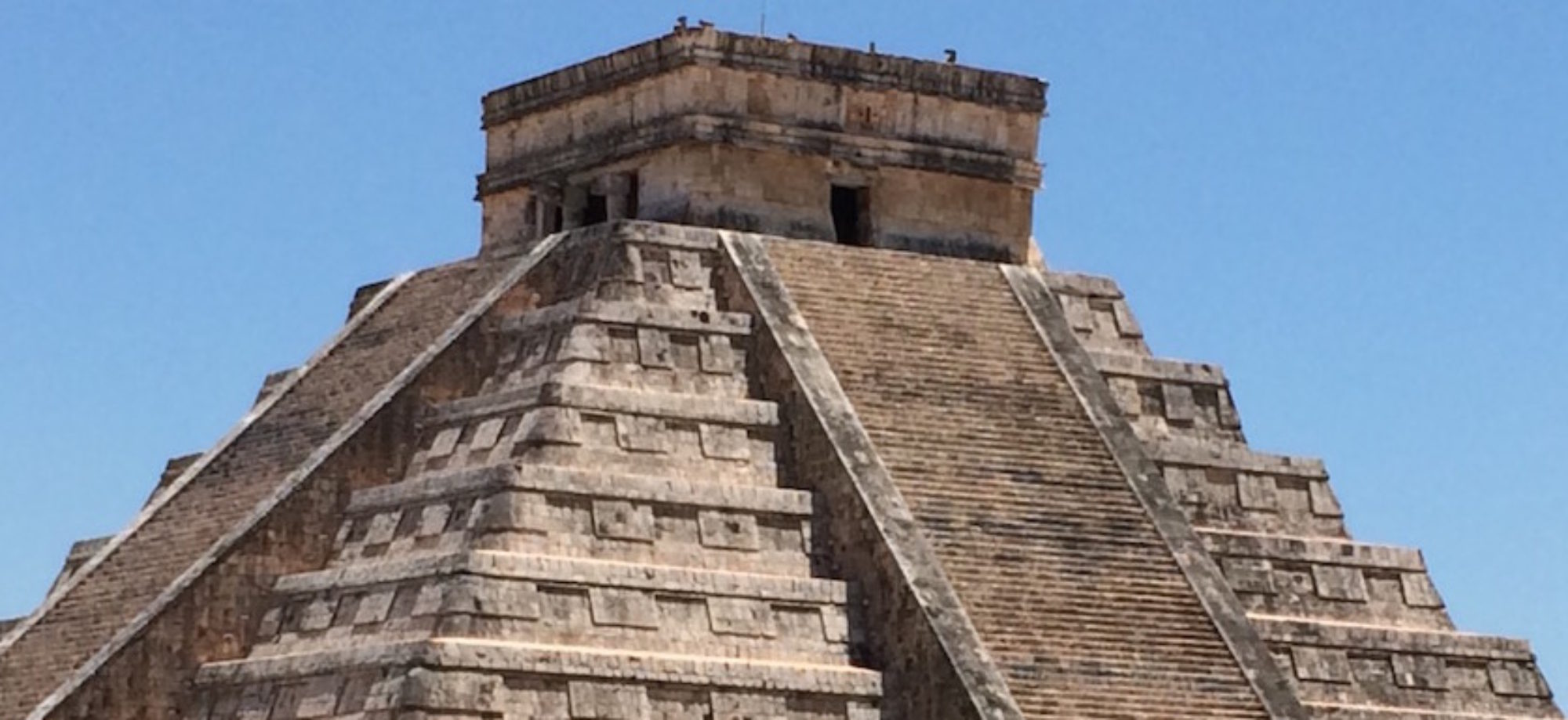October 15, 2022 Professor Ivan Šprajc: “Astronomical significance of Group E-type complexes in Maya architecture”
In the 1920s, during the first archaeological excavations at Uaxactún, Petén, Guatemala, an architectural complex named Group E was interpreted as a Maya astronomical observatory, specifically designed for sighting the equinoctial and solstitial sunrises. In the following decades, a large number of architectural compounds with the same configuration were found, most of them in the central part of the Yucatán Peninsula. The multiple hypotheses that have been proposed about the astronomical function of these complexes, commonly designated as E Groups, range from those attributing them a paramount role in astronomical observations to those that consider them merely allegorical or commemorative allusions to celestial cycles, without any observational use. This presentation summarized the results of a systematic study recently carried out by the author and based on the alignments measured in dozens of E Groups in the central Maya Lowlands. Quantitative analyses of the alignment data and contextual evidence have shown that many of the previous hypotheses cannot be sustained. The complexes of this type were astronomically functional, but had no specific or particularly prominent role in astronomical observations. While there are no grounds to believe that the alignments connecting the western pyramid with the extremes of the eastern platform in each E Group were used systematically for astronomical observations, the orientations of these assemblages indicated by their central axes belong to widespread alignment groups in the Maya Lowlands, materialized mostly in other types of buildings and explicable in terms of some fundamental concerns of the agriculturally-based Maya societies. The astronomical orientations initially embedded in E Groups—which represent the earliest standardized form of Maya monumental architecture and whose occurrence in practically all early cities in the central Yucatán Peninsula attests to their sociopolitical significance—were later transferred to buildings and compounds of other types. Therefore, it is precisely the importance of the astronomically significant directions, first incorporated in E Groups, that allows us to understand some outstanding aspects of ancient Maya architecture and urbanism.
Ivan Šprajc graduated in archaeology and ethnology at the University of Ljubljana, Slovenia (1982), obtained his M.A. degree in history and ethnohistory at the Escuela Nacional de Antropología e Historia in Mexico (1989), and his Ph.D. in anthropology at the Universidad Nacional Autónoma de México (1997). From 1992 to 2001 he worked as a researcher at the Mexican Instituto Nacional de Antropología e Historia (INAH). Currently he is head of the Institute of Anthropological and Spatial Studies, at the Scientific Research Center of the Slovenian Academy of Sciences and Arts (ZRC SAZU), in Ljubljana. His interests have been focused on Mesoamerican archaeology and archaeoastronomy. Since 1996 he has directed eleven field seasons of archaeological reconnaissance in the hardly accessible and archaeologically unexplored central lowlands of the Yucatán peninsula. The information collected on a number of formerly unknown archaeological sites, including several major urban centers with remains of monumental architecture, sculpture and hieroglyphic inscriptions, has contributed to the understanding of settlement patterns, territorial organization and political history of the Maya in the Preclassic and Classic periods (c. 500 B.C. – A.D. 900). In the field of archaeoastronomy, Šprajc has accomplished extensive research on the concepts about the planet Venus in the Mesoamerican world view, particularly on its rain, maize and fertility symbolism and its observational bases. Another original contribution has been his research of the astronomical significance of architectural orientations. Having measured and analyzed hundreds of alignments in various Mesoamerican regions, he has offered novel interpretations of this aspect of architectural and urban planning.
A recorded version for Members only is available at Meeting Archives.

